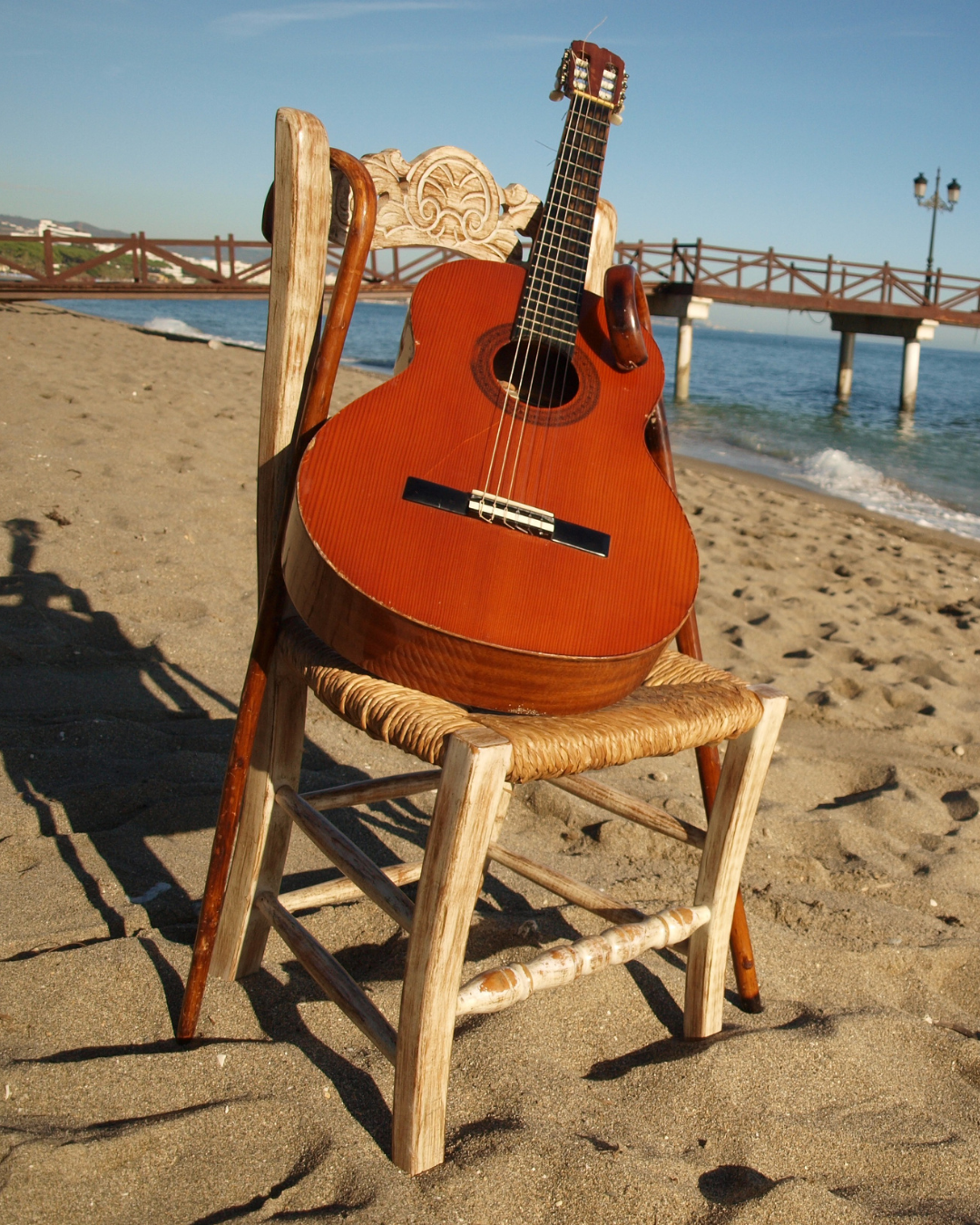
Flamenco: The Soul of Andalusia
Share
Flamenco is more than just a dance or music genre—it is the heartbeat of Andalusia, a cultural expression that embodies passion, history, and emotion. With its roots in the diverse cultural influences of Spain, flamenco has evolved into a world-renowned art form that continues to captivate audiences globally.
In this blog, we explore the origins, styles, and significance of flamenco, as well as the best places in Spain to experience its magic.
The Origins of Flamenco
Flamenco originated in Andalusia, in southern Spain, during the 18th century. It emerged as a fusion of influences from Gypsies (Roma people), Moors, Jews, and native Andalusians, blending their musical traditions into a deeply expressive art form.
Historically, flamenco was not just a form of entertainment but a way for marginalized communities to express their struggles, joys, and emotions. Over time, it developed into a structured art, combining three key elements:
-
Cante (singing) – The emotional core of flamenco, often telling stories of love, suffering, and resilience.
-
Toque (guitar playing) – A unique style of playing that enhances the intensity of the performance.
-
Baile (dance) – Characterized by dramatic movements, percussive footwork, and expressive gestures.
The Different Flamenco Styles (Palos)
Flamenco is rich in diversity, with over 50 different styles, known as palos. Some of the most famous include:
-
Soleá – Deep and emotional, often described as the "mother" of flamenco styles.
-
Bulerías – Fast-paced and playful, commonly performed at the end of flamenco shows.
-
Alegrías – Lively and elegant, often associated with the city of Cádiz.
-
Fandango – A mix of folk and flamenco influences, known for its dynamic rhythm.
-
Seguiriyas – One of the most profound and sorrowful styles, expressing deep lament.
Each palo has its own rhythm, mood, and structure, allowing flamenco artists to convey a wide range of emotions.
Where to Experience Flamenco in Spain
Spain offers numerous venues and events where you can witness authentic flamenco performances:
1. Seville: The Heart of Flamenco
-
Tablao El Arenal – A legendary venue with top flamenco artists.
-
Museo del Baile Flamenco – Showcasing the history and evolution of flamenco.
-
Bienal de Flamenco (every two years) – A world-class festival attracting top performers.
2. Granada: Flamenco in the Caves
-
Cuevas del Sacromonte – Gypsy caves where flamenco is performed in an intimate setting.
-
Peña La Platería – One of the oldest flamenco clubs in Spain.
3. Jerez de la Frontera: The Birthplace of Flamenco Singing
-
Festival de Jerez – One of Spain’s most important flamenco festivals.
-
Tablao Puro Arte – A must-visit venue for traditional flamenco.
4. Madrid: The Urban Flamenco Scene
-
Corral de la Morería – One of the most famous flamenco venues in the world.
-
Casa Patas – A well-known spot for experiencing passionate performances.
Flamenco Today: Tradition Meets Innovation
While traditional flamenco remains strong, modern artists like Rosalía, Vicente Amigo, and Miguel Poveda have introduced innovative elements, blending flamenco with pop, jazz, and electronic music. This evolution ensures that flamenco continues to attract new generations while staying true to its roots.
Conclusion
Flamenco is a living, breathing art form that reflects the soul of Andalusia and Spain. Whether you experience it in a tablao, a cave, or a festival, flamenco has the power to stir emotions like no other performance.
If you visit Spain, don’t miss the opportunity to immerse yourself in the passion, rhythm, and intensity of flamenco—a true masterpiece of Spanish culture.
